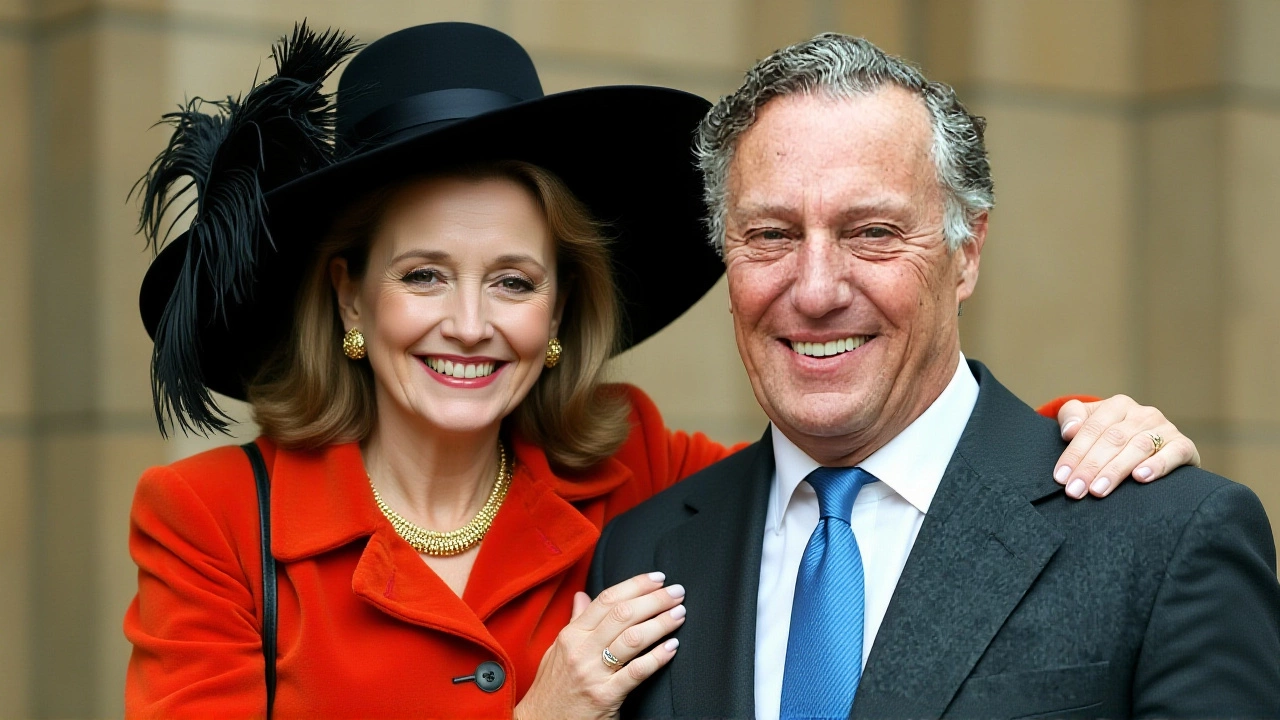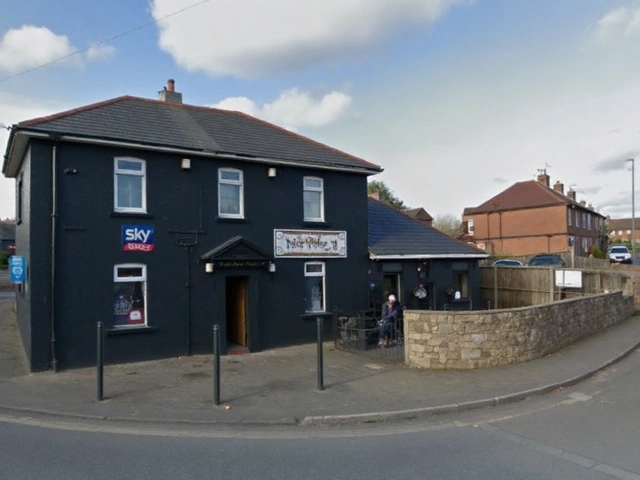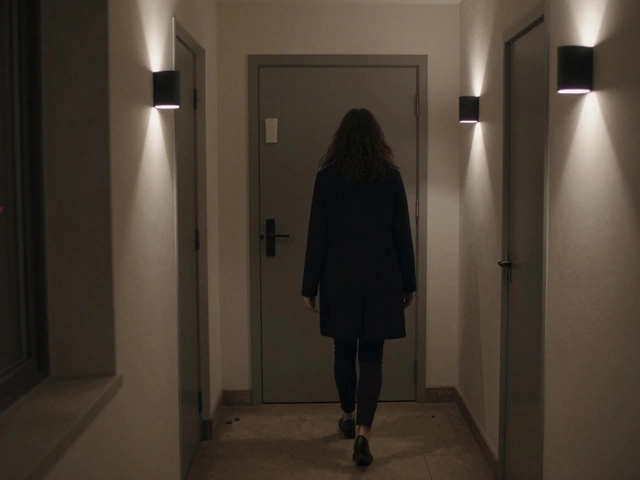When Frederick Forsyth, a 31‑year‑old former correspondent for Reuters and the BBC, walked out of his London flat in early 1969, he had nothing but a portable typewriter and a mountain of debt.
The twist is that in exactly 35 days he chucked together what would become The Day of the Jackal, a 384‑page political thriller that smashed bestseller lists in 1971 and still haunts the thriller genre. The why matters: Forsyth said he wrote the book because he was "no job, no prospects, no flat, no car, no savings" – a desperate scramble for cash after returning from the Biafran War where he’d filed dispatches for the BBC.
Forsyth’s desperate race to a novel
Here’s the thing: Forsyth didn’t sit down with a literary agent or a creative muse. He set a timer, typed night and day, and by the end of May 1969 he had a completed manuscript. He later told a journalist that the frantic pace felt "the most no‑hope‑in‑hell way of making some money". The result was a book that sold over 12 million copies worldwide, translated into 30 languages, and earned enough royalties to lift him out of his financial hole within months.
Oddly enough, Forsyth’s journalism background became the book’s secret sauce. He’d "walked every inch" of conflict zones, which meant he could describe a forged passport or a custom‑made 20 mm rifle with the same precision as a battlefield report. Those details gave readers the strange sensation of reading a nonfiction account, even though the central assassin was a fictional figure.
The Jackal’s cold‑blooded plot
The novel follows an unnamed professional killer – simply called "the Jackal" – hired by the Organisation armée secrète (OAS) to eliminate French President Charles de Gaulle in August 1963. The OAS, a fringe paramilitary group formed after Algeria’s independence in 1961, had already tried to blow up de Gaulle’s life twice. Forsyth anchors the fictional attempt on August 25, 1963, a year after the real Petit‑Clamart attack of August 22, 1962.
But wait – the Jackal isn’t a cartoon villain. He’s meticulous: he forges passports through Belgium, Italy, and Czechoslovakia; he modifies a pistol to fire a silenced round; he maps every train schedule between London, Paris, and Vienna. The narrative never pauses for a love‑story or a hero’s monologue. As cultural scholar Keith Kahn‑Harris put it, the novel’s "taut, propulsive drive" comes from "all details, machinery and description and almost no character and motivation". The only crack in his perfect plan? A fleeting moment of emotional weakness that lets French police Commissioner Claude Lebel (a fictional composite) outsmart him at the last second.
Real‑world backdrop: OAS, de Gaulle, and the Biafran War
The stakes feel real because they are. The OAS was notorious for bombings, assassinations, and a network that stretched across Europe. De Gaulle, who served as president from 1959 to 1969, survived several real attempts on his life, most famously the 1962 Petit‑Clamart ambush that nearly killed him. Forsyth’s timing – setting the fictional plot a year later – keeps the suspense grounded.
Forsyth’s own experience reporting on the Biafran War gave him a first‑hand view of how governments and insurgents manipulate information. He’d seen the logistical nightmare of moving arms across borders, the bureaucratic maze of passports, and the grim calculus of “mission‑first” decision‑making. All of that seeped into the Jackal’s methodical planning.
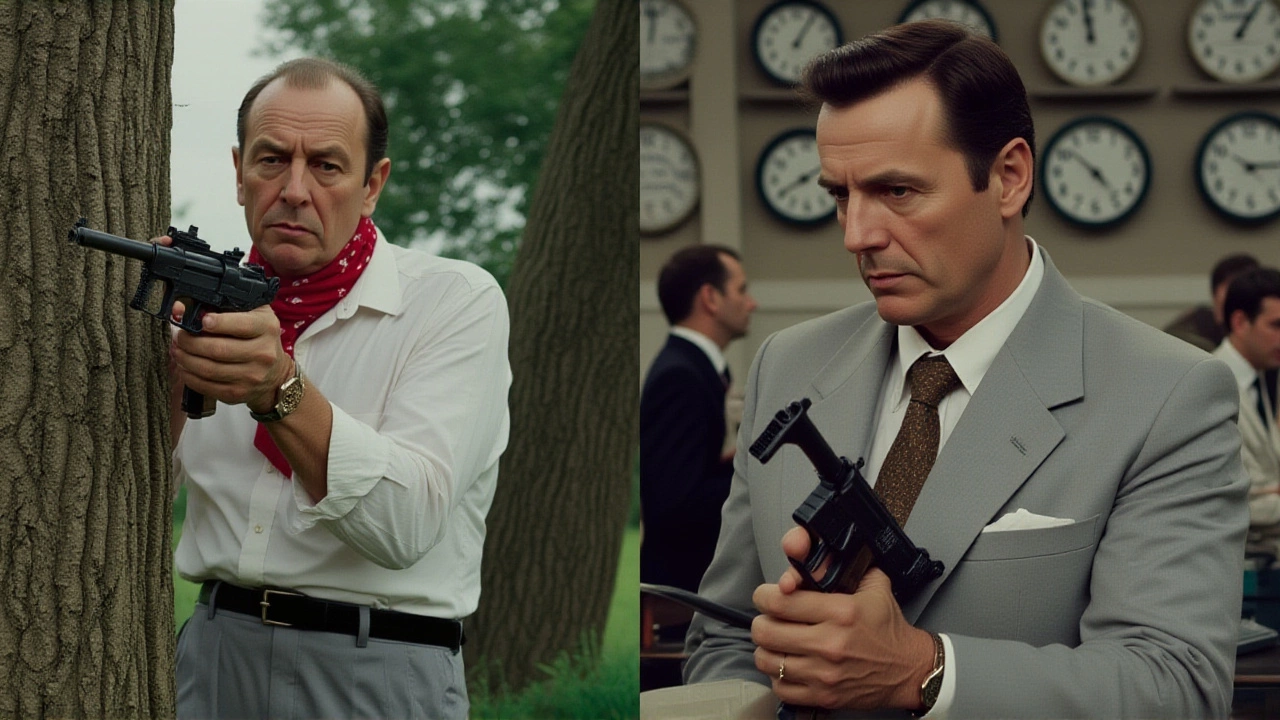
Critical reception and cultural legacy
- 1971 – Book debuts, hits #1 on New York Times bestseller list within weeks.
- 1973 – Film adaptation directed by Fred Zinnemann, starring Edward Fox as the Jackal and Michael Lonsdale as Deputy Commissioner Claude Lebel.
- Late 1970s‑80s – Influence cited by authors of “Mission: Impossible” novels, Tom Clancy, and later, the TV series “The Night Manager”.
- 2020 – Quentin Tarantino mentions the novel when discussing why a 1960s‑style Bond film would feel more authentic than a modern CGI‑heavy spy thriller.
The book’s forensic precision essentially birthed the modern political‑thriller template. Reviewers from On Crash Reboot called it "a masterclass in thriller writing" that "grips you with the force of a vice". Even as readers find themselves oddly rooting for a cold‑blooded assassin, the novel forces them to confront the uncomfortable truth: professionalism can be terrifyingly attractive.
Film adaptation and lasting influence
The 1973 movie captured the novel’s "relentless simplicity" with crisp cinematography and a spare score. Edward Fox’s icy stare made the Jackal feel like a living embodiment of the book’s precision. Critics noted that the film kept the 1960s ambience intact, a choice that modern directors often overlook when adapting period thrillers.
Why does this matter today? Because the novel’s emphasis on low‑tech tradecraft – forged documents, hand‑made silencers, human error – stands in stark contrast to today’s digital surveillance landscape. As Kahn‑Harris observes, the book works precisely because it’s set in a pre‑satellite, pre‑internet world. It reminds us that the most compelling threats can be entirely analog, a lesson still relevant for intelligence agencies and writers alike.
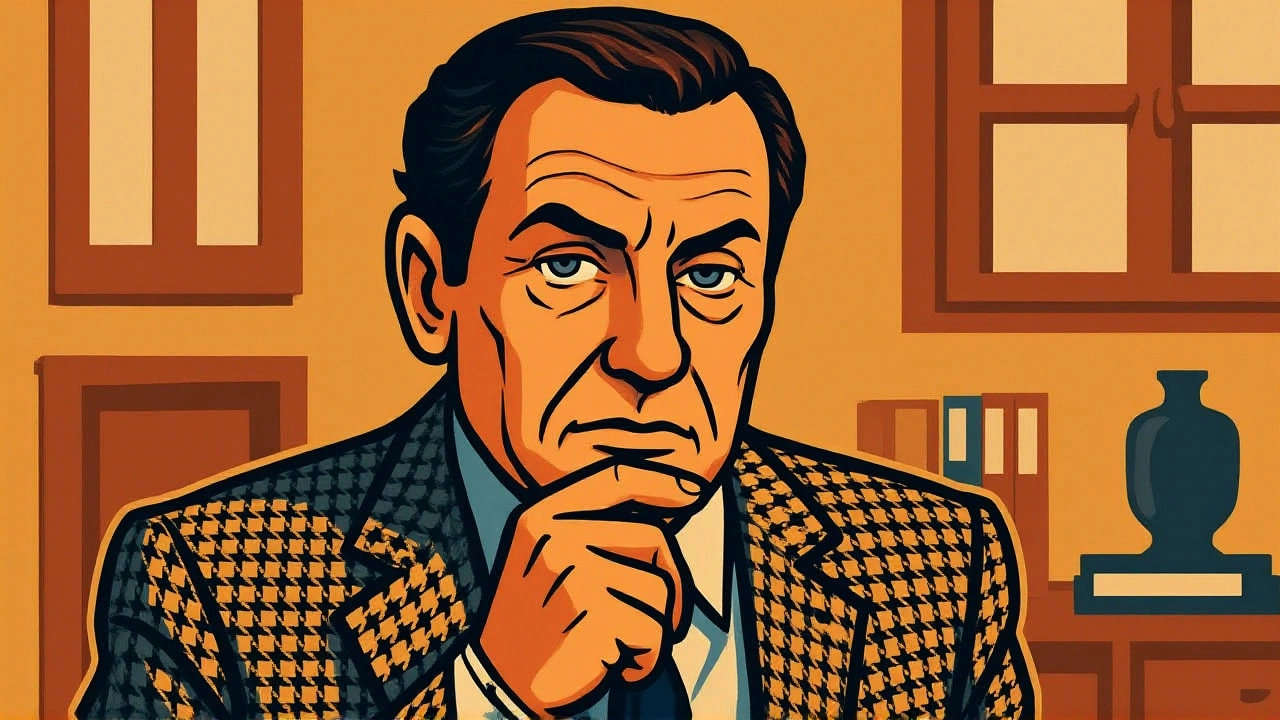
What’s next for Forsyth’s legacy?
Forsyth kept churning out bestsellers – "The Odessa File", "The Dogs of War", and the 1990s bestseller "The Fourth Protocol" – each echoing the same meticulous research style. Yet no later work matched the cultural punch of his debut. Scholars continue to dissect the novel in university courses on Cold War literature, and new audiobook editions are rolling out with narrators who emphasize the story’s razor‑sharp pacing.
In short, a 35‑day sprint born of desperation reshaped thriller fiction, cemented a writer’s place in literary history, and left a blueprint for anyone daring enough to blend reportage with imagination.
Frequently Asked Questions
How did Forsyth’s experience in the Biafran War influence the novel?
Reporting on the Biafran War gave Forsyth first‑hand knowledge of how insurgents move weapons, forge documents, and evade authorities – details that appear verbatim in the Jackal’s travel and logistics plan, lending the story its gritty realism.
Why is the OAS significant in the story?
The Organisation armée secrète (OAS) was a real French paramilitary group that opposed de Gaulle’s Algerian policy. By using the OAS as the assassin’s employer, Forsyth anchored his fiction to actual political tension, making the Jackal’s mission feel plausible.
What makes the novel’s style different from other thrillers?
Instead of focusing on character backstory, Forsyth builds tension through step‑by‑step procedural detail – passport forgeries, weapon modifications, travel routes – creating a relentless, almost documentary‑like pace that keeps readers glued.
How successful was the 1973 film adaptation?
Directed by Fred Zinnemann and starring Edward Fox, the movie earned critical acclaim for preserving the novel’s austere tone. It grossed over $30 million worldwide, confirming that the story’s appeal translated well to the screen.
What impact has the novel had on modern thriller writing?
Authors from Tom Clancy to modern TV creators cite Forsyth’s forensic detail as a template. The emphasis on realistic tradecraft, as opposed to gadget‑laden plots, reshaped the genre toward gritty, research‑driven storytelling.
